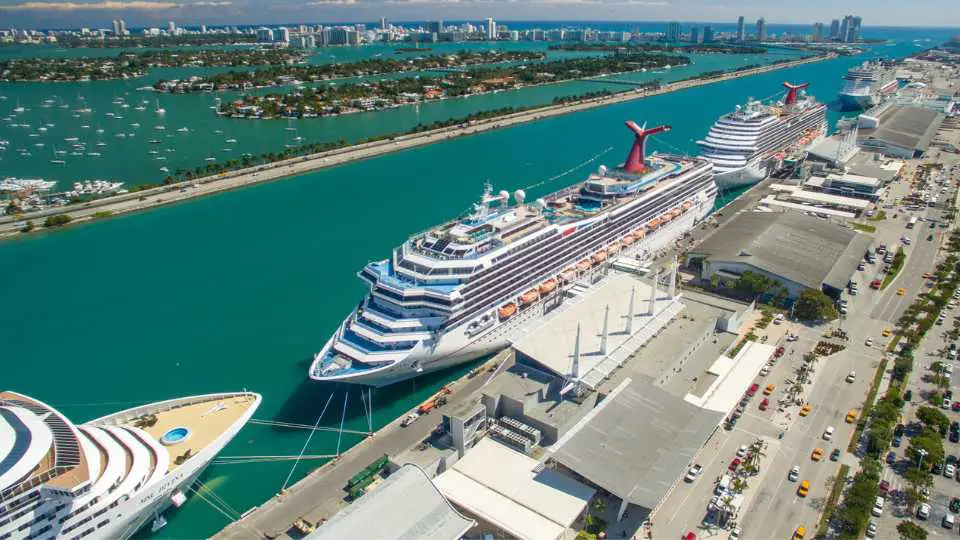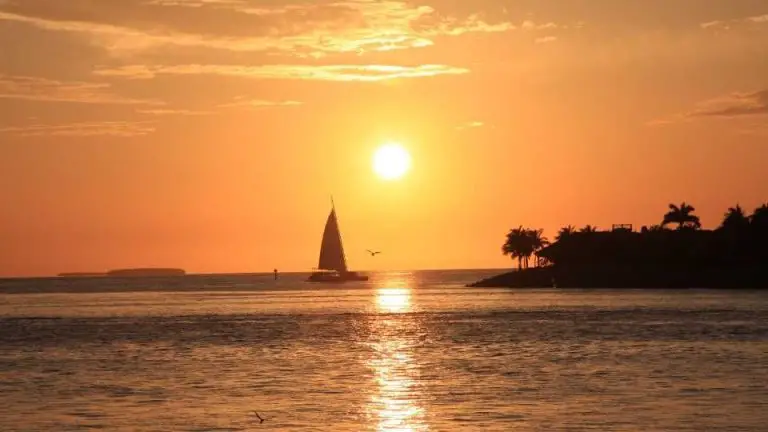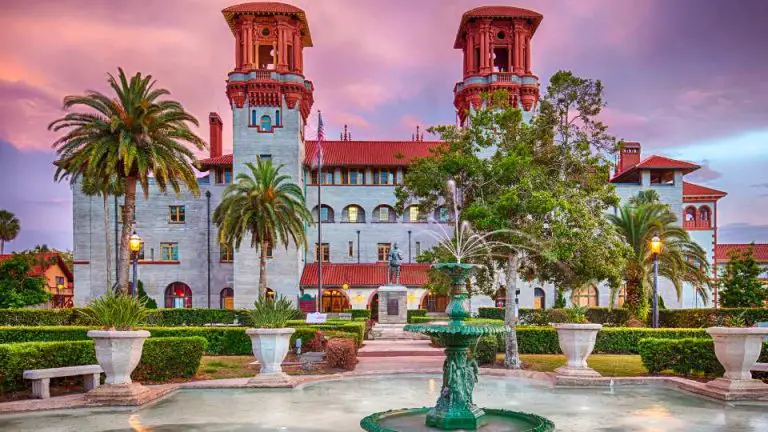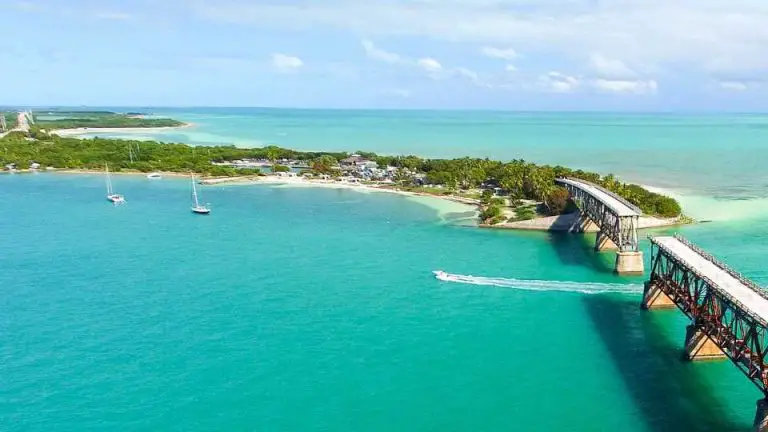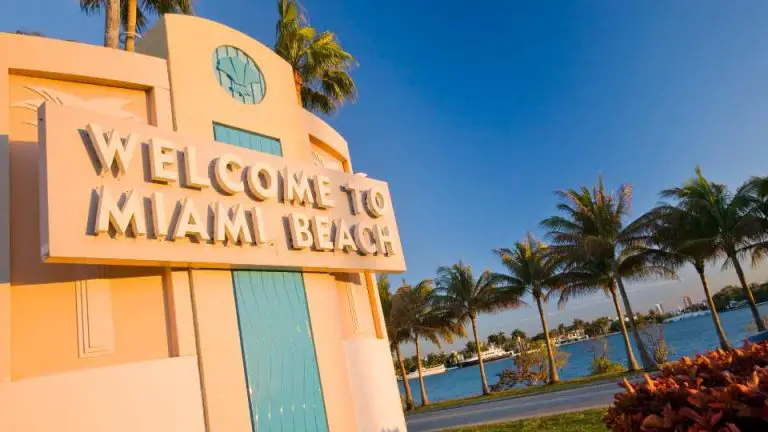Your Guide to Cruise Ports in Florida: Gateways to Tropical Adventures
Florida serves as a premier embarkation point for a myriad of cruises, offering a diverse range of destinations to travelers seeking to explore the Caribbean, Bahamas, Mexico, and beyond. The state boasts a collection of cruise ports, each with its unique attributes and connections to a variety of oceanic adventures. With its advantageous geographic location, Florida’s ports provide convenient options for both domestic and international cruise passengers.
The cruise ports in Florida include Miami, Canaveral, Everglades, Tampa Bay, Jacksonville, and Palm Beach, each supporting the state’s reputation as a cruise industry titan. Miami, often seen as the cruise capital of the world, stands out for its bustling activity and extensive cruise line offerings.
Port Canaveral, in proximity to Orlando’s attractions like Walt Disney World, is favored by families, while the scenic Port Everglades in Fort Lauderdale caters to those looking for a mix of leisure and elegance. Additionally, Tampa Bay’s cruise port brings vibrancy to the Gulf Coast, Jacksonville’s Jaxport offers a welcoming atmosphere in the north, and Port of Palm Beach presents a more intimate cruise experience.
These ports are well-equipped with facilities to cater to the needs of travelers. They host a range of cruise lines, from luxurious to budget-conscious options, ensuring that there’s a suitable cruise for every type of traveler. Accessibility is also meticulously planned, with airports and major highways providing efficient pathways to these ports.
Each port’s strategic location not only enhances the travel experience by minimizing transit times but also connects passengers to a tapestry of local attractions, adding an extra layer of excitement to the cruise journey itself.
Overview of Florida’s Cruise Ports
Florida’s cruise ports are gateways to the Caribbean, the Bahamas, and other exotic destinations. These ports offer state-of-the-art facilities and serve millions of passengers each year, making Florida a leading departure point for cruises.
Miami
PortMiami is renowned as a “Cruise Capital of the World,” accommodating over 7 million passengers in the 2023 fiscal year. It is the starting point for a multitude of cruises, boasting modern facilities and a scenic view of the Miami skyline.
Port Canaveral
Port Canaveral, near Orlando, is a convenient embarkation point for cruise passengers due to its proximity to various theme parks and attractions. This port is a nexus for cruises to the Bahamas and the Caribbean, offering diverse itineraries.
Fort Lauderdale
In Fort Lauderdale, Port Everglades is a bustling cruise port known for its easy access and excellent facilities, making it a favorite for departures. This port serves a wide array of ships and cruise lines, and passengers often praise its smooth embarkation process.
Tampa Bay
Port of Tampa Bay in Tampa provides a unique departure point on Florida’s west coast. It caters to a variety of cruises, welcoming passengers to its user-friendly terminals and providing connections to tropical destinations.
Jacksonville
JAXPORT in Jacksonville is a growing cruise port, serving primarily short-duration cruises. Its terminals are equipped to handle a significant number of passengers and offer a more relaxed entry point compared to the state’s busier ports.
Key West
Port of Key West is unique in that it is predominantly a port of call rather than a port of embarkation. This port is a popular stop for cruises traveling through the Caribbean, allowing passengers to explore the charm and history of Key West.
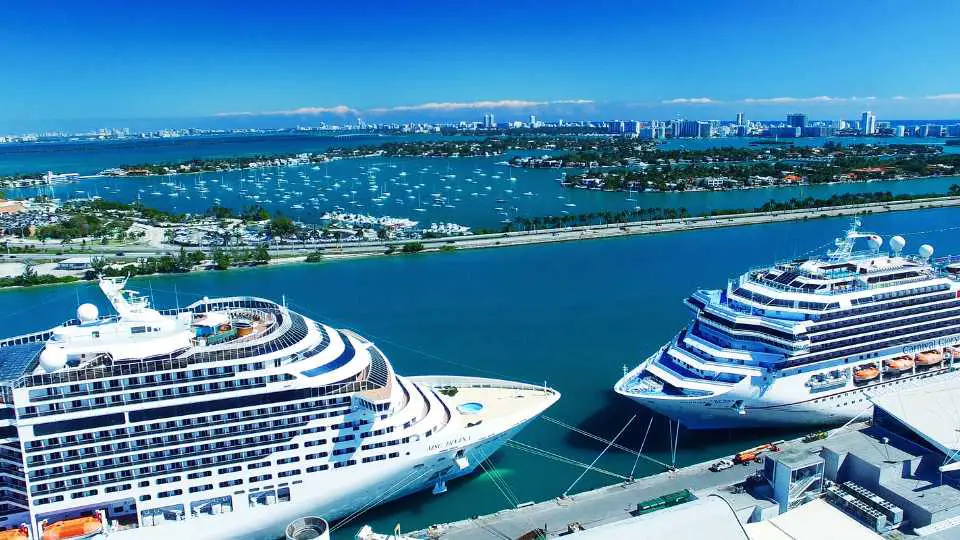
Major Cruise Lines Operating in Florida
Florida’s cruise ports serve as home base to some of the most prestigious cruise lines in the industry. These cruise lines offer a variety of experiences, from family-friendly adventures to luxury voyages, setting sail across the Caribbean and beyond.
Carnival Cruise Line
Carnival Cruise Line, often simply referred to as Carnival, is renowned for its fun-filled cruises suitable for guests of all ages. It operates out of multiple Floridian ports, including Miami and Port Canaveral.
Royal Caribbean International
Royal Caribbean International is known for innovative ships and a wide array of onboard experiences. Departing from ports such as Miami and Fort Lauderdale, Royal Caribbean offers trips ranging from short getaways to extended voyages.
Disney Cruise Line
Disney Cruise Line provides an enchanting experience especially tailored for families, with departures from Port Canaveral. These cruises are themed with Disney’s renowned characters and storytelling.
Norwegian Cruise Line
Norwegian Cruise Line, with a freestyle cruising concept, offers trips from Miami among other ports. They cater to those looking for flexibility and a wide range of dining and entertainment options.
In addition to these, other notable cruise lines operating in Florida include MSC Cruises, Princess Cruises, and Celebrity Cruises, each offering unique travel experiences. Virgin Voyages, a newer entrant in the cruise industry, offers adults-only voyages also departing from Florida. Lastly, Holland America Line and Regent Seven Seas provide more classic and luxury cruise offerings, respectively, highlighting Florida’s status as a versatile cruise hub.
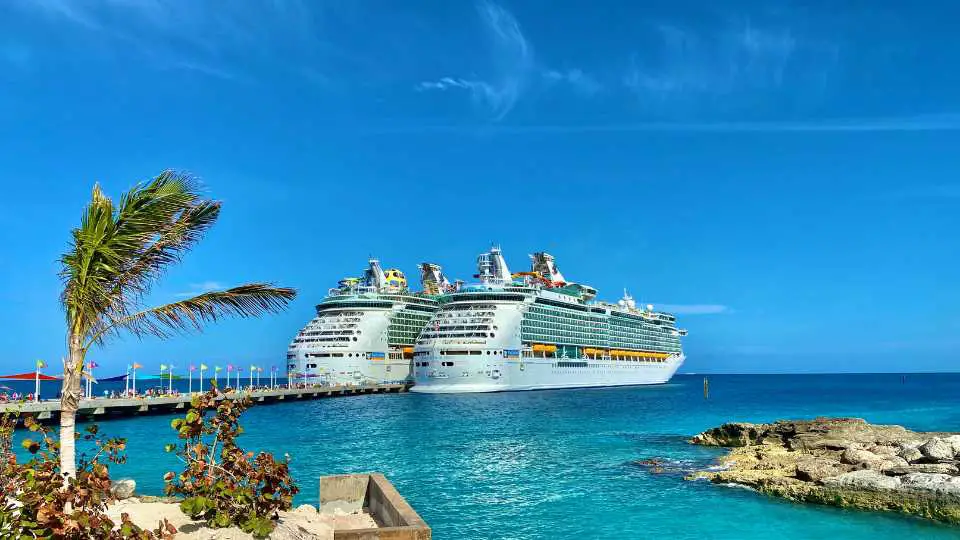
Embarkation and Disembarkation Processes
The embarkation process in Florida’s cruise ports is designed with precision to handle the influx of passengers efficiently. Upon arrival, passengers typically engage in a check-in procedure, which involves verifying travel documents and receiving boarding information. It’s recommended to arrive early for smoother embarkation, as the ports often buzz with activity, including the hustle of workers and the looming presence of enormous cruise ships.
Once check-in is completed, passengers proceed through security and customs. Security checks are thorough but streamlined to minimize delays. Passengers then board the ship, where they are usually greeted by the crew and directed to their accommodations.
Embarkation Checklist:
- Arrive with ample time before departure.
- Have all travel documents ready.
- Anticipate a security screening.
On the return, disembarkation follows a similarly structured process but in reverse. Passengers are often assigned specific logistics and times to leave the ship to prevent congestion. Customs clearance is the final step before passengers can claim their luggage and exit the port.
Cruise lines may provide express disembarkation options for those who prefer to carry their own luggage and disembark earlier. It’s essential for passengers to be aware of the assigned times and follow the crew’s instructions to ensure a smooth and orderly transition from the cruise environment back to shore.
Disembarkation Tips:
- Observe assigned disembarkation time slots.
- Complete any customs declarations as required.
- Follow crew instructions for an orderly exit.
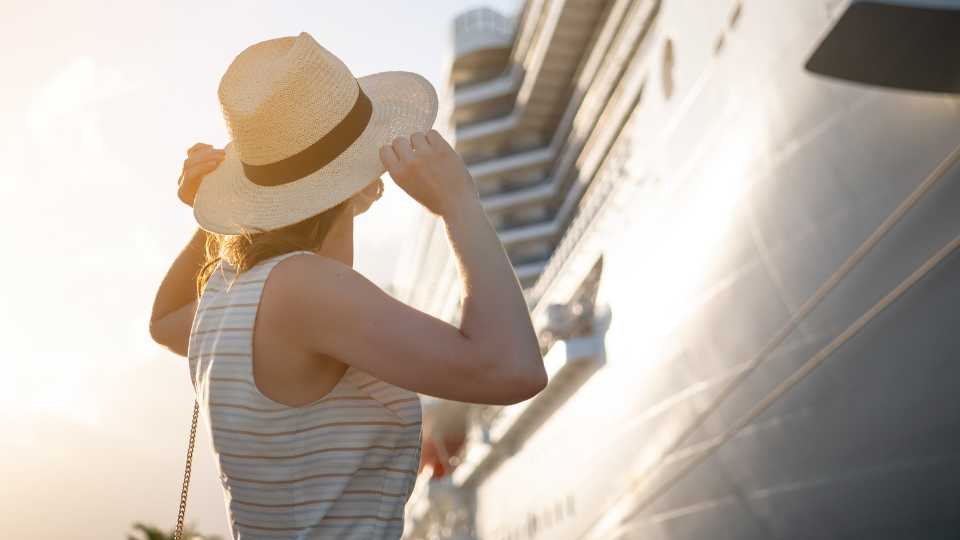
Local Attractions and Amenities
Florida’s cruise ports are not only gateways to the Caribbean and Bahamas but also hubs of local culture, entertainment, and relaxation. With an array of beaches, historical sites, shopping centers, and theme parks, every port offers an enriching experience for travelers before or after their cruise adventure.
Beaches and Recreation
Florida boasts some of the nation’s most beautiful beaches and recreation areas. In Miami, Biscayne Bay affords scenic views and water activities while South Beach is renowned for its vibrant atmosphere and art deco architecture. Tampa’s proximity to Clearwater Beach offers cruisers a chance to enjoy white sands and clear waters. Cocoa Beach, near Port Canaveral, is not only ideal for beach relaxation but also famous for surf adventures.
Cultural Landmarks
Each Florida cruise port is steeped in rich history and culture. In Key West, visitors can explore the Ernest Hemingway Home and Museum. Tampa’s historic Ybor City offers a glimpse of its once-booming cigar industry. The Kennedy Space Center near Cocoa Beach provides an educational and inspirational look at America’s space exploration efforts.
Shopping and Dining
From luxury shops to unique boutiques, Florida’s cruise port cities cater to all shopping preferences. Downtown Miami features a variety of stores and is close to Miami International Airport, providing ease for travelers. Dining options abound with a focus on fresh seafood and authentic Cuban cuisine. Las Olas Boulevard in Fort Lauderdale and the Channelside Bay Plaza in Tampa are notable spots for shopping and dining.
Nearby Theme Parks
Orlando, known as the theme park capital of the world, is home to the Walt Disney World Resort, Universal Orlando, and other family-friendly destinations. These attractions are easily accessible from Port Canaveral. Margaritaville at Sea offers cruisers a themed adventure en route to the Bahamas from the Port of Palm Beach.
Travelers can find various amenities including hotels, shuttle services, and family-friendly activities in close proximity to the ports. Tampa International Airport, Fort Lauderdale-Hollywood International Airport, and Orlando International Airport are among the airports providing convenient access to the cruise ports. With these amenities, Florida’s ports are equipped to offer a memorable start or conclusion to any cruise journey.
Cruise Itineraries and Destinations
Florida’s cruise ports serve as gateways to an array of exotic destinations, each offering unique itineraries for a diverse travel experience. The primary destination for many cruises departing from Florida is the Caribbean, with itineraries that often include stops at idyllic islands known for their sandy beaches and clear waters.
- Bahamas: Shorter itineraries, typically 3-5 days, are common for cruises heading to the Bahamas. The proximity of the Bahamas to Florida’s coast makes this a popular choice for travelers seeking a quick getaway.
- Eastern Caribbean: Typically 7-day cruises cover the Eastern Caribbean, with ports of call such as St. Thomas and San Juan, providing a mix of beach relaxation and historic exploration.
- Western Caribbean: Ranging from 5 to 7 days, Western Caribbean itineraries often include destinations like Cozumel, Mexico, known for its coral reefs and Mayan ruins, and Grand Cayman, with its famous Seven Mile Beach.
- Southern Caribbean: Longer cruises might venture into the Southern Caribbean, including destinations like Aruba and Curacao, which stand out for their Dutch colonial architecture and vibrant cultural scenes.
- Mexico: Some itineraries focus on the Mexican Riviera on the Pacific coast, with longer sailing times due to the distance from Florida.
Cruise lines orchestrate a variety of lengths and destinations, catering to vacationers’ preferences for adventure, cultural immersion, or relaxation. Itineraries are thoughtfully planned to maximize port time, ensure smooth sailing conditions, and provide a range of activities for passengers.
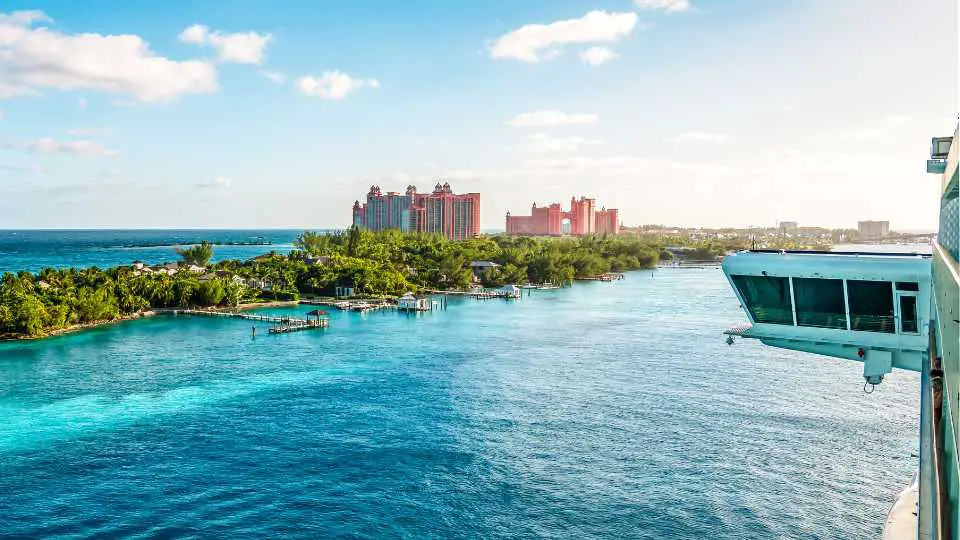
Port Infrastructure and Transportation
Florida’s cruise ports feature robust infrastructure designed to handle a vast influx of passengers. They provide efficient traffic management systems and multiple transportation options, ensuring smooth transitions from airports to cruise terminals.
Port Facilities
Florida’s cruise ports offer state-of-the-art facilities to accommodate millions of travelers annually. Ports like PortMiami and Port Canaveral boast modern terminals with amenities such as comfortable lounges and efficient baggage handling systems. These facilities are structured to serve the needs of passengers and enhance their cruise experience, whether they’re departing or arriving from destinations across the Gulf of Mexico and beyond.
Traffic Management
Effective traffic flow is crucial, and Florida’s ports implement comprehensive traffic management strategies. The proximity of these ports to major freeways and arterial roads helps manage the movement of both passengers and cargo. They deploy advanced systems to monitor and control traffic, ensuring reduced congestion and safer travel routes around the cruise terminals.
Transportation Options
Getting to and from the cruise ports in Florida is facilitated by various transportation options:
- Shuttle Services: Shuttle transportation is widely available, providing easy transfers between ports and airports such as Miami International Airport, Fort Lauderdale-Hollywood International Airport, Orlando International Airport, and Tampa International Airport.
- Public Transportation: Options like buses and trains connect passengers from nearby cities and airports to the cruise ports.
- Private Transportation: Rental cars, taxis, and ride-sharing services offer personalized travel to and from the ports.
These transportation networks are integral to the cruise industry’s connection with the rest of the United States, ensuring travelers can reach their cruise destinations efficiently.

Unique Aspects of Florida Cruise Ports
Florida’s cruise ports are not just gateways to the sea; they are destinations with their own unique charm and offerings. Each port provides an array of experiences shaped by local culture and adventure opportunities, infused with environmental consciousness.
Diverse Cruise Port Personalities
PortMiami, known as the Cruise Capital of the World, exudes a vibrant energy characteristic of Miami’s rich cultural mosaic. It is an embarkation point for many cruising adventures. Meanwhile, Port Canaveral offers a more family-oriented atmosphere with proximity to Cape Canaveral’s space-related attractions. Port of Tampa Bay embodies a laid-back vibe reflective of Tampa’s historical roots and coastal lifestyle.
Up in Jacksonville, or JAXPORT, cruisers embark in an area steeped in Southern charm. Key West, the southernmost point in the continental United States, adds a laid-back island ethos to the cruising scene.
Port-Specific Adventures
- Miami: Salsa dancing and art deco tours.
- Port Canaveral: Excursions to the Kennedy Space Center and nearby beaches.
- Tampa Bay: Visits to the historic Ybor City and world-class aquarium.
- Jacksonville: Golf courses and riverfront attractions.
- Key West: Snorkeling in coral reefs and touring Hemingway’s home.
Each port offers distinctive excursions that cater to the adventure seeker, from the vibrant nightlife of Miami to the historical explorations in Tampa Bay.
Environmental Initiatives
Florida cruise ports are actively engaged in environmental initiatives. PortMiami implements measures to protect the marine ecosystem. Port Canaveral participates in programs aimed at preserving local wildlife and habitats.
Tampa Bay, Jacksonville, and Key West ports also focus on reducing environmental impact through various sustainability efforts including waste management and energy conservation practices. These initiatives demonstrate a commitment to maintaining the natural beauty and health of Florida’s coastal regions.
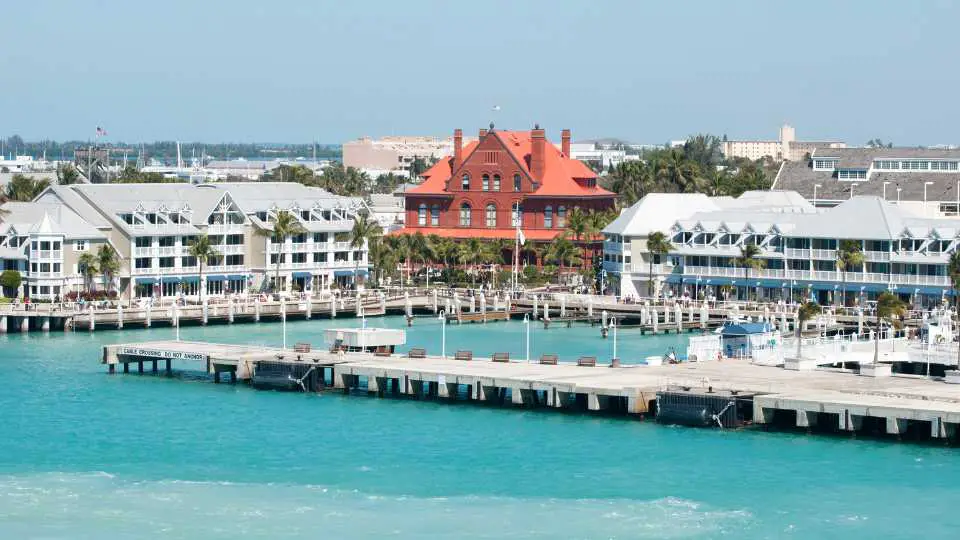
Final Thoughts
Florida’s cruise ports serve as gateways to a variety of maritime adventures. With seven distinct ports along its coast, travelers can choose a port that best suits their itinerary and travel plans.
Key Ports Include:
- Miami: The busiest cruise port offering a range of itineraries.
- Port Canaveral (Orlando): Close to theme parks and family attractions.
- Port Everglades (Fort Lauderdale): Renowned for its upscale cruises and proximity to international airports.
- Tampa Bay: Catering to travelers on the Gulf coast with a mix of cruise options.
- Jacksonville: A growing port providing more travel opportunities.
- Palm Beach: Known for its shorter cruises, ideal for quick getaways.
- Key West: Though not a primary departure port, it’s a popular stop for many cruises.
Travelers considering a cruise from Florida can benefit from examining each port’s unique offerings. Factors to consider include proximity to airports, attractions, and the type of cruises available.
As an essential tip, checking travel requirements ahead of time ensures a smooth embarkation process. Each port may have specific guidelines or recommendations, even more so if there are changes or updates in travel regulations.
In deciding on a Florida cruise port, passengers have the opportunity to align their cruise choice with their wider vacation aspirations, be it theme parks, beaches, or cultural sites. The ports provide more than just a departure point; they act as a first step to a memorable sea voyage.
